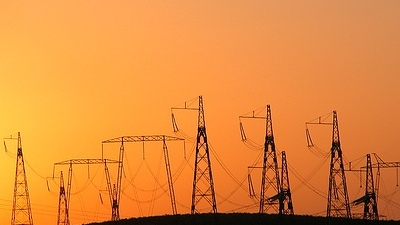Imagine receiving only 2-6 hours of power every day and, worse yet, not knowing exactly when you will have the service. Lack of electricity kept thousands of Dominican citizens from accessing the internet, watching TV, and recharging their mobile devices. The poor service posed challenges to yet more basic activities, such as walking safely back home in the evenings, and preserving foods and medicines in the refrigerator.
But there was light at the end of the tunnel — literally! The Electricity Distribution Rehabilitation Project, financed by the World Bank and other donors, freed 826,635 people nationwide from black outs. The initiative put an end to the losses due to lack of electricity, to nonpayment, and to deaths by contact with old wiring. In addition, it has rehabilitated more than 2,000 kilometers of run-down and aged medium and low voltage overhead lines, with an investment of more than 6 billion Dominican pesos.
After many decades of a service characterized by constant blackouts, several communities in urban and rural areas of the Dominican Republic now receive an uninterrupted supply of energy, accompanied by a process of continuing education, aimed at promoting efficient use, awareness about the need to pay for the energy.
The program brings good news, especially for those communities affected by street crime, where the dark areas pose risks for the safety. The project currently supplies lighting for streets and avenues of the cities and shantytowns.
Perhaps the most relevant aspect of the program is behavior change. In a country where poor people are stigmatized for not paying their bills, and for making illegal power connections, the program has evidenced a willingness to participate.
In Las Palmas de Herrera neighborhood in Santo Domingo, for example, the distribution company reported an increase in collection in July 2012 from as little as 9,000 to 1.2 million Dominican pesos. Also distribution losses went from 88% to 62% also in July.
Members of poor communities in the Dominican Republic are setting the example as citizens committed to efficient and optimal use of energy, thus contributing to environmental sustainability and the planet's future. Their qualities of life have improved and they are happier.

